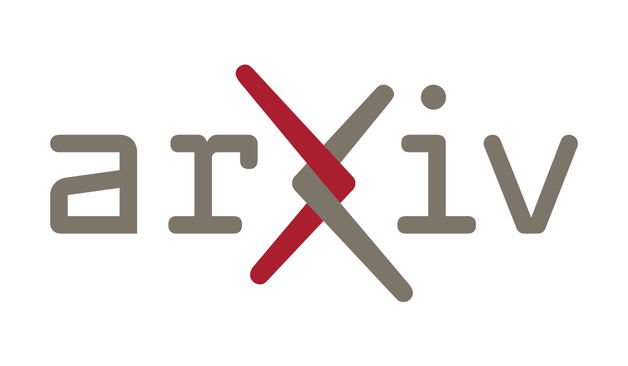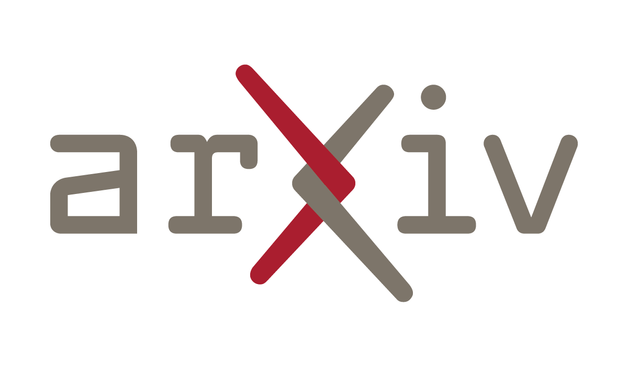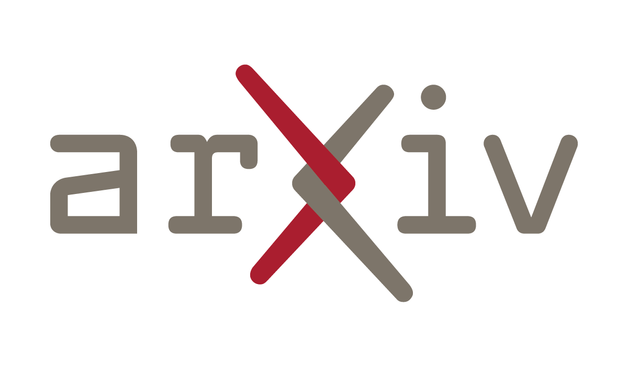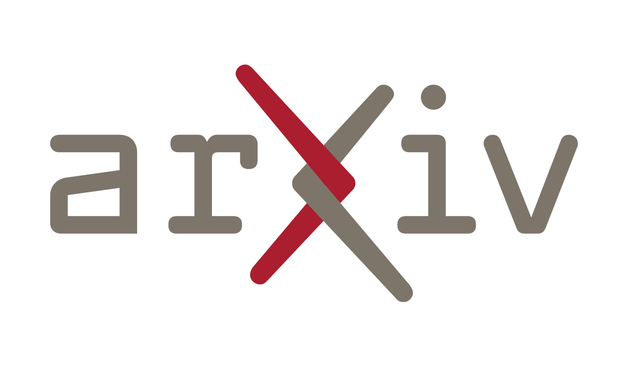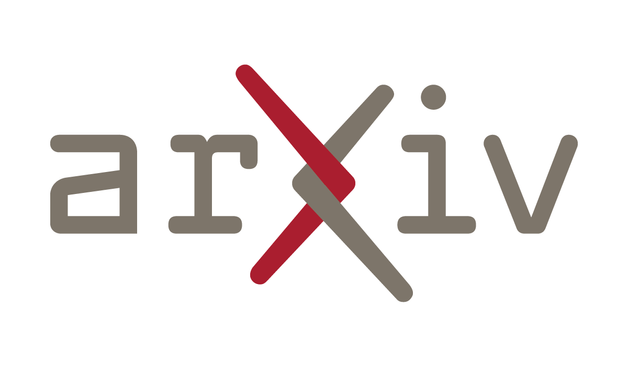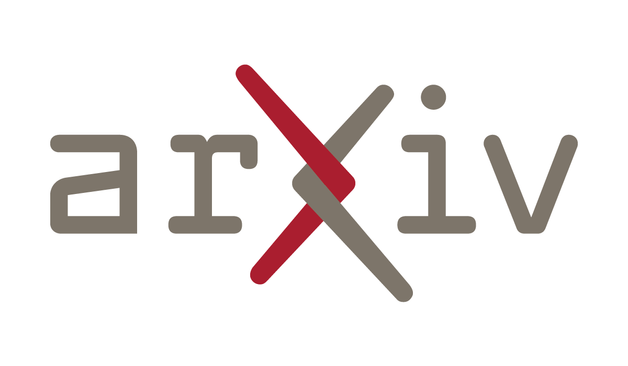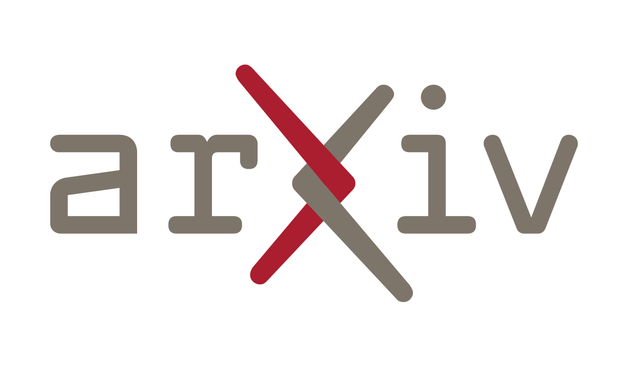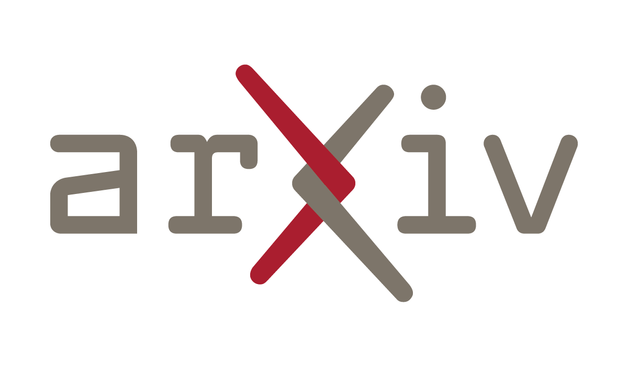https://arxiv.org/abs/2502.03382 #Technology #Innovation #HighFidelity #SimonsFoundation #Linguistics #HackerNews #ngated
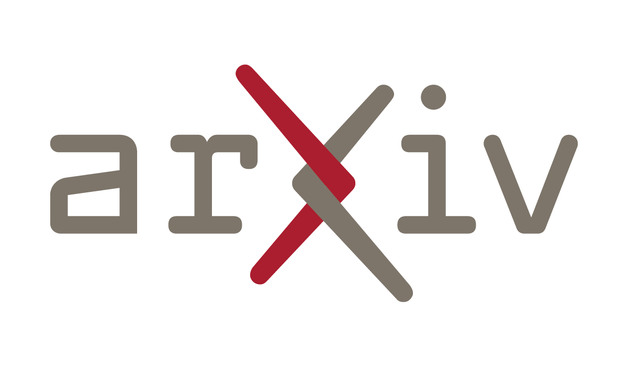
High-Fidelity Simultaneous Speech-To-Speech Translation
We introduce Hibiki, a decoder-only model for simultaneous speech translation. Hibiki leverages a multistream language model to synchronously process source and target speech, and jointly produces text and audio tokens to perform speech-to-text and speech-to-speech translation. We furthermore address the fundamental challenge of simultaneous interpretation, which unlike its consecutive counterpart, where one waits for the end of the source utterance to start translating, adapts its flow to accumulate just enough context to produce a correct translation in real-time, chunk by chunk. To do so, we introduce a weakly-supervised method that leverages the perplexity of an off-the-shelf text translation system to identify optimal delays on a per-word basis and create aligned synthetic data. After supervised training, Hibiki performs adaptive, simultaneous speech translation with vanilla temperature sampling. On a French-English simultaneous speech translation task, Hibiki demonstrates state-of-the-art performance in translation quality, speaker fidelity and naturalness. Moreover, the simplicity of its inference process makes it compatible with batched translation and even real-time on-device deployment. We provide examples as well as models and inference code.
